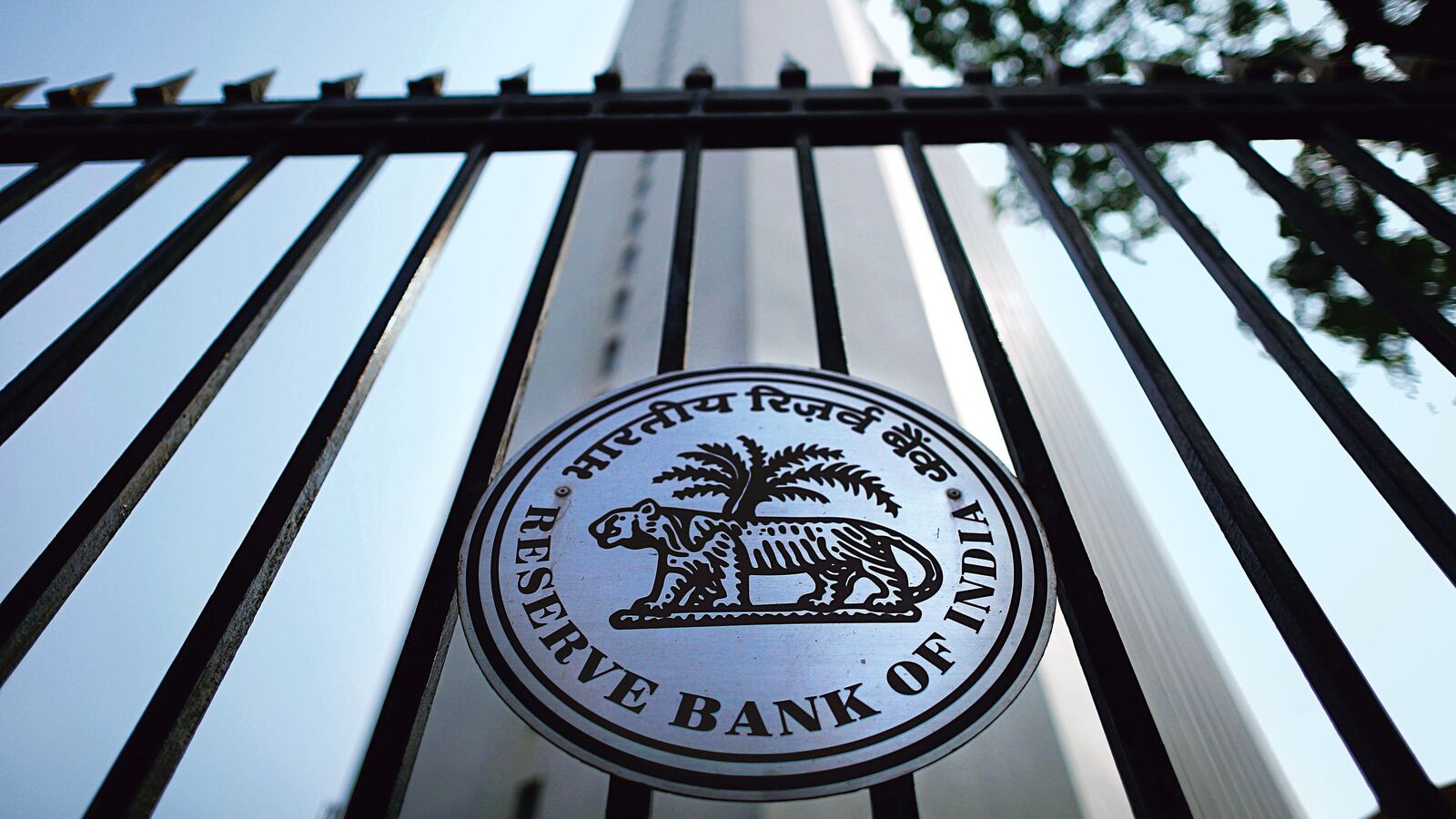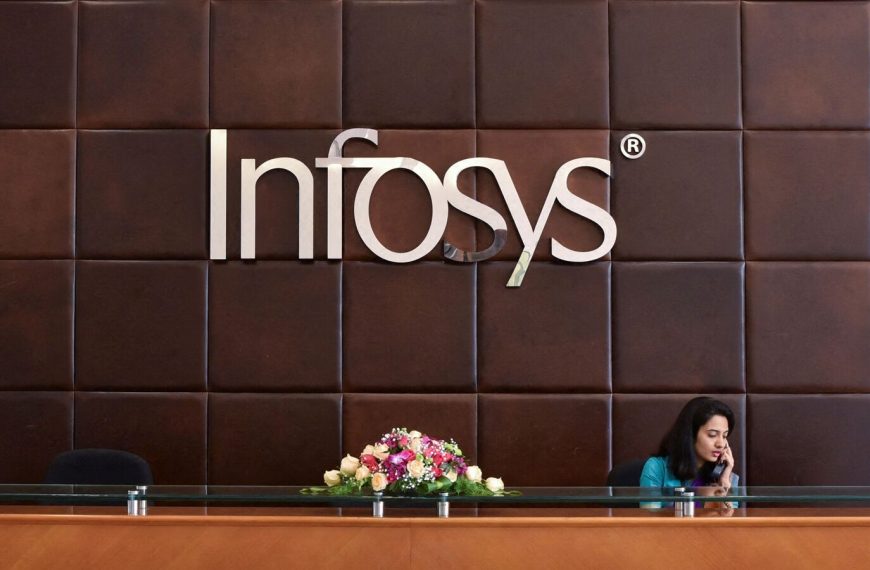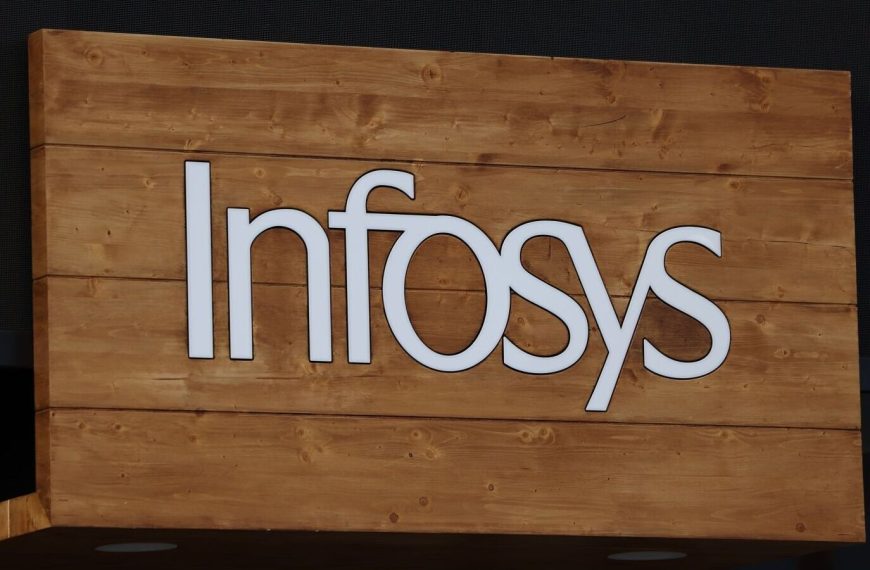On April 9, 2025, the Reserve Bank of India (RBI) made headlines by implementing a 25 basis points cut to the repo rate, marking its second consecutive reduction this year. This decision brings the key lending rate down to 6 percent, reflecting a shift in the central bank’s approach towards a more accommodative stance. The unanimous vote from the six-member Monetary Policy Committee (MPC) indicates a clear signal of easing in future policy cycles, as the RBI adapts to the current economic landscape defined by softening inflation and global uncertainties.
Shifting Economic Landscape
The RBI’s recent actions follow a similar rate cut in February, highlighting a significant pivot in its policy direction. With inflation easing and external economic conditions becoming more challenging, the central bank has adjusted its inflation forecast for FY26 to 4 percent, down from 4.2 percent. Additionally, the GDP growth projection has been revised to 6.5 percent, taking into account the risks posed by geopolitical tensions and trade disputes affecting major economies, particularly the United States.
Continued Easing Expected
Following the RBI’s latest rate cut, economists are increasingly optimistic about the possibility of further reductions throughout the year. The combination of low inflation rates and a tumultuous global economic environment suggests that the RBI may need to adopt a more proactive monetary policy. Madhavi Arora, Chief Economist at Emkay Global Financial Services, emphasized the RBI’s clear easing bias:
"The MPC has deliberately opted against immediate extensive cuts, allowing flexibility to respond to worsening global conditions. A potential rate cut in June of another 25 basis points seems plausible, with additional reductions hinging on the global economic climate."
Arora also mentioned that unconventional measures, such as relaxed lending criteria and adjustments to the Cash Reserve Ratio (CRR), could be considered if global trade tensions escalate.
Economic Projections and Insights
Rajani Sinha, Chief Economist at CareEdge Ratings, noted that while the 25 bps cut was anticipated, the RBI’s revised growth outlook reflects its commitment to bolster a weakening economy. She stated,
“We predict a direct effect on GDP between 0.2% and 0.3% due to retaliatory tariffs, compounded by indirect pressures from global uncertainties.”
CareEdge projects that FY26 GDP growth may be closer to 6.2 percent, suggesting the possibility of an additional 50 basis points cut if trade tensions worsen significantly.
Positive Long-Term Outlook
Divam Sharma, CEO and Co-Founder of Green Portfolio, expressed confidence in the RBI’s approach, stating that the current policy aligns with a cautious observation of economic trends.
“With declining interest rates and new trade agreements on the horizon, India’s medium to long-term outlook remains promising,” he remarked, acknowledging that while short-term volatility may persist, low inflation provides the RBI with the leeway for one or two more cuts this year.
Sharma pointed to strong domestic consumption and increasing export opportunities as vital factors contributing to economic resilience.
Anticipating Further Cuts in FY26
Economists like Manoranjan Sharma, Chief Economist at Infomerics Valuation and Ratings, echoed the sentiment that the consecutive 25 bps cuts in February and April were essential to stimulate growth in a low-inflation environment. He noted:
“This adjustment will alleviate pressure on borrowers in interest-sensitive sectors.”
Sharma predicts that the total rate cuts for FY26 could fall between 75 to 100 basis points, depending on how inflation and growth trends develop.
Conclusion
As inflation remains manageable and global risks escalate from geopolitical tensions and potential trade disruptions, experts anticipate that the RBI will likely maintain its easing trajectory through 2025. The magnitude and pace of further cuts will largely depend on the evolving landscape of global economic uncertainties. With India aiming for sustained growth amid short-term challenges, monetary policy is set to play a crucial role in enhancing economic stability.











